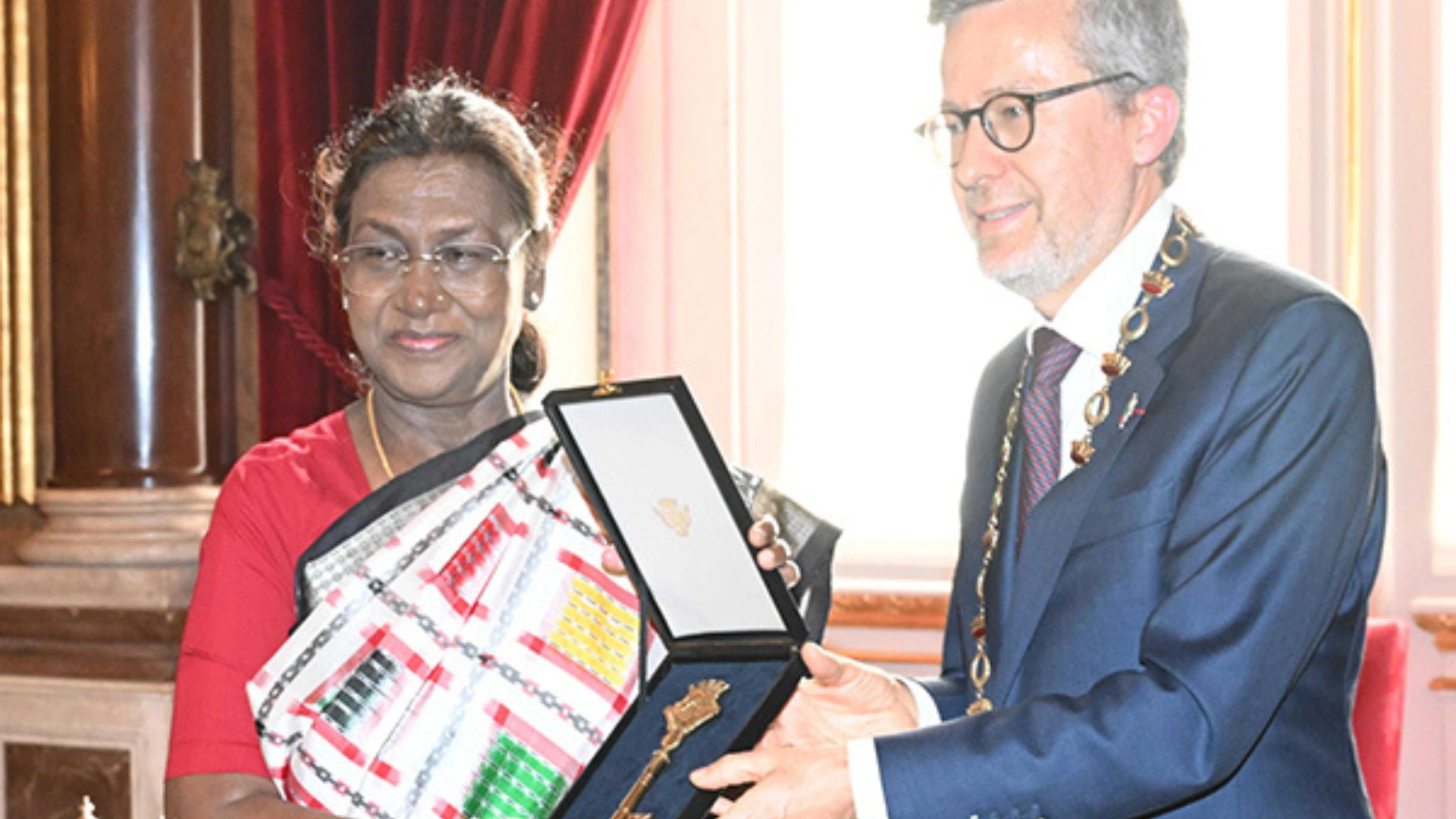A recent World Bank report unveils a troubling reality for the world’s 26 poorest countries, which collectively house around 40% of individuals living on less than $2.15 a day. These nations are grappling with unprecedented levels of debt, the highest since 2006, while simultaneously facing increased vulnerability to natural disasters and economic shocks. Alarmingly, they are poorer today on average than before the COVID-19 pandemic, even as much of the globe has begun to recover.
Chronic Fiscal Weakness and Dwindling Aid
This comprehensive study highlights the chronic fiscal weaknesses afflicting economies with annual per capita incomes below $1,145. The report, released just ahead of the annual meetings of the World Bank and International Monetary Fund, underscores significant setbacks in the global fight against extreme poverty. International aid has dwindled to its lowest level in two decades, leaving many countries without access to crucial financing.
With an average government debt soaring to 72% of GDP—an 18-year high—nearly half of these low-income countries (LICs) are either in debt distress or at high risk of it. This situation marks a troubling increase from 2015, as the capacity for these nations to secure low-cost financing sharply declines. Net financial flows, including foreign direct investment and official aid, plummeted to a 14-year low in 2022.
Geography of Poverty
Most of the countries studied are located in sub-Saharan Africa, including Ethiopia, Chad, and the Democratic Republic of the Congo. However, the list also includes Afghanistan and Yemen. Two-thirds of these nations are embroiled in armed conflict or face significant challenges maintaining social order, further deterring foreign investment. Nearly all are heavily dependent on commodity exports, exposing them to volatile economic cycles.
IDA: A Crucial Lifeline
“The International Development Association (IDA) has become a lifeline for these vulnerable economies,” stated Indermit Gill, the World Bank’s chief economist. Over the past five years, IDA has directed most of its financial resources to these 26 LICs, helping them navigate significant setbacks. The IDA typically undergoes replenishment every three years, funded by contributions from World Bank member countries. After raising a record $93 billion in 2021, World Bank President Ajay Banga aims to exceed that amount with over $100 billion in pledges by December 6.
Natural Disasters and Economic Losses
Natural disasters have increasingly burdened these nations in the past decade. From 2011 to 2023, such events led to average annual losses equivalent to 2% of GDP, five times higher than the average loss experienced by lower-middle-income countries. This stark reality emphasizes the urgent need for investment in disaster resilience and infrastructure.
Pathways to Recovery
Despite these overwhelming challenges, the poorest economies possess significant potential for growth. With abundant natural resources and a rapidly growing working-age population, they could contribute to broader prosperity if effectively harnessed. The report recommends that LICs implement well-designed national policy interventions focused on enhancing domestic revenue mobilization, optimizing spending efficiency, and improving debt management.
Additionally, addressing structural constraints on investment and strengthening institutions will be crucial. The role of the international community in supporting LICs to leverage their resources and demographic advantages is vital for stabilizing their fiscal positions and improving fiscal policy management.
As the world confronts increasing economic inequality, addressing the vulnerabilities of the poorest economies is essential for fostering global stability and progress. The time to act is now, with a focus on sustainable growth in these vulnerable regions.






















